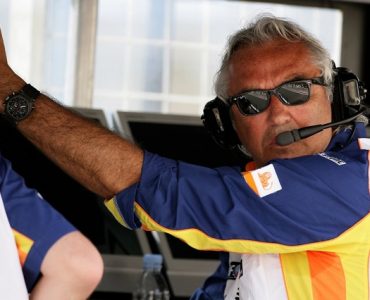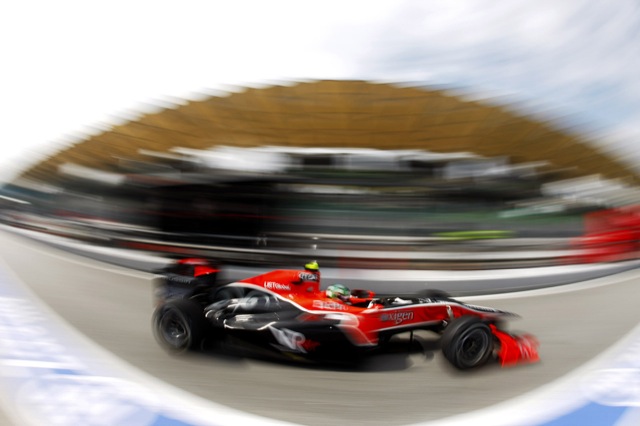I think today has pretty much become Mosley-day, but we should not forget that this weekend we have a great race in Canada to look forward to, especially so as Lewis Hamilton’s Monaco win thrusts him back into the championship hunt. However, while the championship looks healthy, the FIA have renewed its clampdown on movable aerodynamic parts, the issue continuing for the last two or so years and now focusing on the bridge-wings that many teams are using.
Of the current teams on the grid, there are three distinguishable approaches to front wing design; Bridge, Moustache and neither. Here’s a quick run-down of each team and the wing design they are using:
- McLaren – Bridge
- Renault – Bridge
- Williams – Bridge
- Red Bull Racing – Bridge
- Toyota – Bridge
- STR – Bridge
- Ferrari – Moustache
- Force India – Moustache
- BMW – Neither – Tusks
- Honda – Neither – Elephant Ears
The bridge-wing is a part of the front wing that goes from either side and curves over the tip of the nose. The moustache variation attaches to the nose on either side while BMW and Honda use neither of these methods, instead preferring to attach small winglets on the top of the nose.
Renault currently have the highest part of their bridge-wing attached to the nose (and have done since the beginning of the season) which presumably limits any potential movement of the part, and it now seems that all other teams utilising this kind of wing will have to follow suit for the Canadian Grand Prix at the end of the week. Although this move by the FIA seems a little strange given that they gave the all-clear to McLaren when they introduced the idea to their cars in May 2007. Of course, it is possible that the team’s have since exploited the potential in this design.

Fernando Alonso in Bahrain, with the connecting piece at the top of the bridge going to the bottom of the Bridgestone ‘B’ highlighted.
According to Autosport, this move to better secure the wing to the body came about folowing the Turkish Grand Prix, where on-board footage from some cars showed the wing to flex slightly. The flexing of certain parts of the car can produce favourable advantages to the car, allowing the wing to change characteristics at different speeds. Initially the focus was on rear wings, with the advantage coming from less drag produced as the car moved towards its top speed on the straights and flexing back to normal for slower corners to aid downforce. However, the FIA are now clamping down on the front of the cars, and it will be interesting to see if there are any noticeable differences in the pace of the teams in Canada.
I honestly don’t think there will be any noticable difference, not necessarily because this isn’t an important area of the cars, because it is, but because Renault have had their wiong attached for most of the season, and would have removed the connecting part if they thought they could get away with it. What will be interesting is if any teams suddenly adopt the Ferrari and Force India approach of the Moustache wing. This method was first used, I believe, by Toyota last year, although they have since changed to the bridge-wing for 2008.



















Add comment